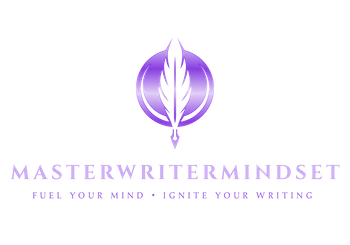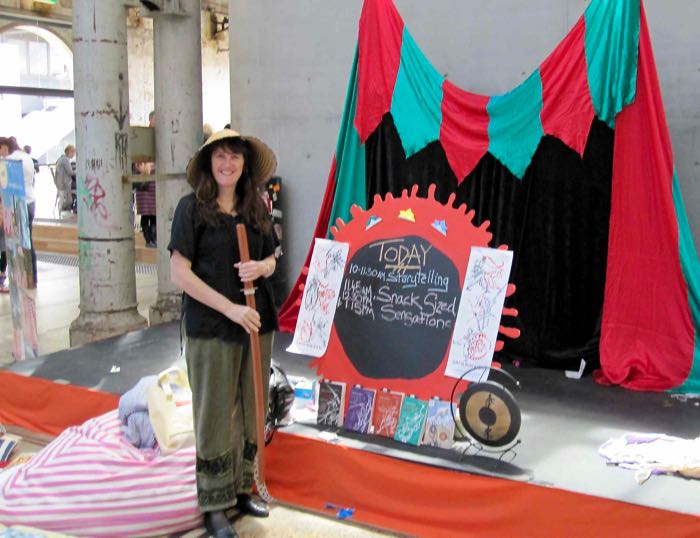The sedentary nature of working at a desk during the day and then at night writing is a real health trap for me as I get older.
I’m a busy person, always up and down the stairs and choosing to walk as much as possible when I’m out, but I don’t enjoy structured exercise and except for hockey in my youth, have spent my whole life avoiding it.
As I’ve got older, I’ve gained weight despite cutting most sugar (sadly including chocolate!).
Walking, Breaks, and Time Outdoors Helps Counter the Writer’s Sedentary Life
I’ve recently made a conscious commitment to begin walking regularly. Specifically, for weight loss and bone health. It’s early days, but so far, so good.
In my early working life, I supervised a data entry section where repetitive strain injury was a constant concern. It made me very occupational health and safety orientated.
I’ve always taken regular breaks from the desk and keyboard. If my wrist or elbow aches, I swap my mouse to my left hand or have the day off! I have a good quality ergonomic chair. Two years ago, I purchased a standing desk, but that didn’t work for me time-and-efficiency-wise and I’ve recently taken it out of my office.
When I feel stifled by my office and the work is piling up, I go outside and breathe some real air. In my front garden is a Japanese-style deck next to a pond. I like to sit there with my laptop.
Sometimes You Have to Start Writing All Over Again
[My biggest emotional challenge was] watching a writing career that started successfully very quickly, slowly fade away due to circumstances outside my control.
I was achieving everything I planned. I called myself the Cinderella Writer and I’d laughingly say I was worried I might turn into a pumpkin.
The Pumpkin Years did come but not in the way I expected. My youngest son developed a painful, chronic medical condition. For the past six years I’ve been a stay-at-home carer and tutor. During this time, I also survived three life-threatening illnesses of my own, including a rare cancer.
Time to write was so meager, fractured and emotionally stressed, even I could see everything I produced was awful. This year my son is coping better and new medical options are providing hope. I’m writing freely once more. It’s like starting all over again.
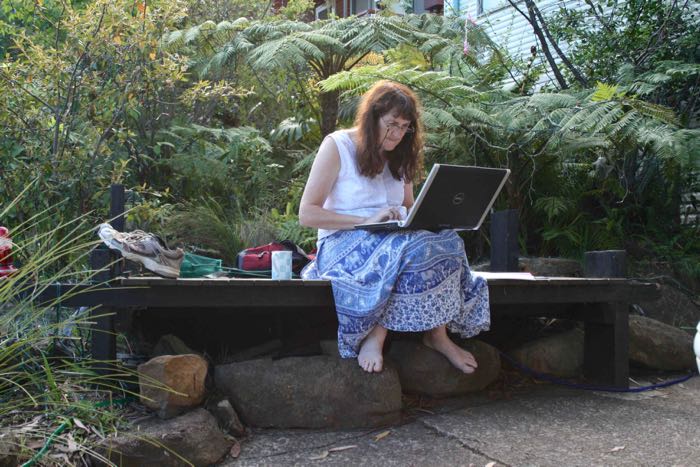
My Writing Feels Incomplete Without Readers
My favorite writing quote is from Isaac Asimov: I write for the same reason I breathe.
This is true for me, too, and I will always keep writing, no matter what obstacles are flung at me.
But it’s also true I want to write for readers, not just myself. My writing feels incomplete otherwise.
I’m a very practical person who firmly believes the glass is always half-full. I make a conscious decision to find the positives. Sometimes I make lists of them and it’s very centering to see there are always more than I expect. Perspective is an important coping skill for me.
When You Can’t Write, Focus on Sharing Your Work
It was hard to withdraw from successfully doing what I loved, but eventually I was too tired, too sad and too worried about my son to write in the windows of time that came my way.
With family support, I focused instead on social media, workshops and school visits, which kept my writer profile active. Kids and their teachers and librarians are particularly wonderful inspiration and motivation. They made me feel like I was still an author, even if there wasn’t a new book in sight. That helped me get through the tough times.
And here I am in 2017, writing like crazy again.
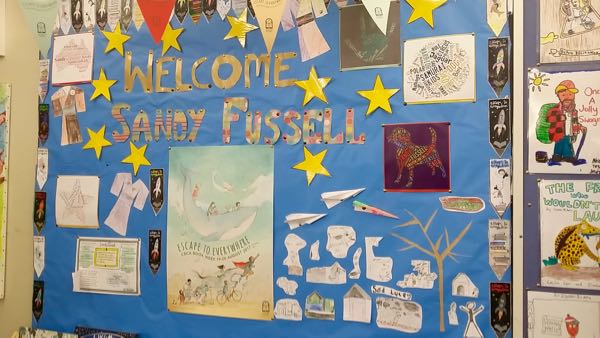
Create a Formal Project Plan to Stay on Track with Your Writing Goals
For me, three things keep me going—community, kids and planning.
The Australian children’s literature community is an incredibly inclusive, supportive community. I’ve made many friends and I get a lot of joy from helping promote the work of other creators.
Kids are very enthusiastic about their authors and I have a collection of emails that I reread when I feel the glass needs a little topping up.
The third thing is more functional. I project plan. I have a formal project plan with different milestones to celebrate at different times and am always working towards the final goal—lots of books read by lots of kids!
From my very first writing step, I have been planning a path to where I want to go—including how to deal with disruptions—even ones that last six years. A plan means that no matter what happens, I know I’m still somewhere on the path to the goal I want to achieve.
I decided, based on what I heard and read, it would take me five years to get published. I have a professional background in software project management, so it seemed natural to me to create a 5-Year Project Plan. I mapped my original plan to “Get Published” in Microsoft Project, but it’s not a tool I’d recommend. I recommend Trello for just about everything. Seriously. It’s that flexible.
How to Create a “Get Published” Plan in Trello
I didn’t keep a copy of my original plan, but I’ve taken the Trello Board I currently use for planning my writing strategies and modified it to better reflect the Lists and Cards (tasks) I had when I was unpublished. My goals have remained the same although many of the tasks on my current plan are different. Even though I am now published, I want to be more published.
Imagine something like this:
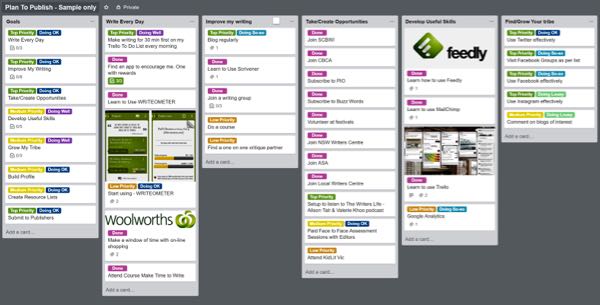
The first column is a Goals list. Each card on this list is an individual goal. Each Goal card has a priority and a status label. For example, the Goal “Write Every Day” is “Top Priority” and has a status of “Doing OK”. Labels are user-defined, like this:

Sometimes on the “back” of the card, a click away, I write a checklist of brainstormed and “gather as I go” ideas:
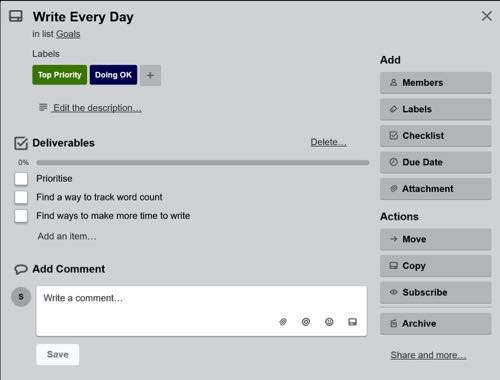
Other Goal cards are:
- Improve My Writing
- Take/Create Opportunities
- Develop Useful Skills
- Grow/Find my Tribe
- Build an Author Profile
- Create Resource Lists
- Submit to Publishers
The overarching goal is Get Published (the name of the board).
Each Goal card is associated with a secondary list. The Write Every Day card has an associated Write Every Day list. On that list are cards for the steps I need to take to reach that goal.
For example, on the back of the Write Every Day card is a checklist of three items—prioritize my writing, track my word counts and make more time to write.
On the Write Every Day list, the item “make time to write” has two task cards:
- attend a course on making time to write and,
- shop-online (which I blogged about here).
Both cards are labelled “Done.” I usually keep the “Done” cards at the bottom of the list.
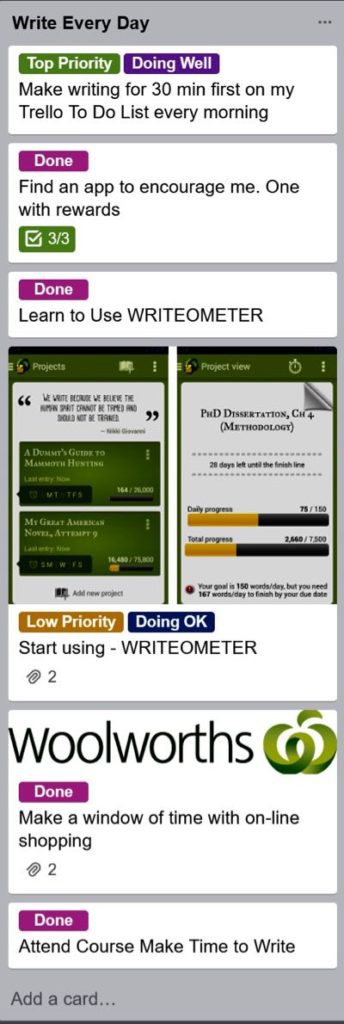
Trello makes adding tasks cards very easy. You can even pin ideas, like courses, directly from the web (much like Pinterest). Being able to add cards dynamically makes planning responsive to what’s happening in my writing life. This all might sound a little complicated on paper, but hands-on, it’s super easy and takes very little time to maintain.
It’s important to make sure every card I add is a measurable and worthwhile task. Otherwise this is just a pretty board full of busyness, which equates to wasted writing time.
My sample Get Published Board gives a snapshot of my progress. The labels provide positive reinforcement that I’m moving forward. Even in the beginning, when being published was still labelled “Future Priority,” my plan gave me visual proof I was always working my way towards the end goal.
A few years and a number of books later, when my writing was derailed by a string of serious family health issues, having an ongoing plan meant I could easily see at a glance I was still taking steps in the right direction, even though very slowly. That motivated me to keep going.
Advice for a Young Writer: Go Beyond Setting Goals to Create a Project Plan
I would say: If you want to write for yourself and the muse, just go for it. But if you want to be a working writer, if you want to have readers, you’ll need a plan.
The hardest part of being a writer is physically and mentally surviving the inevitable ups and down from all sorts of external influences. But this is always possible if you have a plan. It’s not enough to just have a goal.
* * *
Sandy Fussell loves words, numbers, and the internet. She is the award-winning author of fourteen books including the Samurai Kids series, Sad, the Dog (a picture books) and Polar Boy (CBCA shortlisted). She is an ICT consultant, children’s book reviewer for a national newspaper, in-schools Literary Festival Co-ordinator at The Story Crowd and one subject short of a Math degree.
Her biggest claim to fame is a star in the main street of Grenfell alongside legitimately famous literary people like Patrick White and Thomas Kenneally. Having recently survived three life-threatening illnesses, she knows for certain the glass is always half–full.
For more information on Sandy and her work, please see her website, or follow her on Facebook, Instagram, and Twitter.
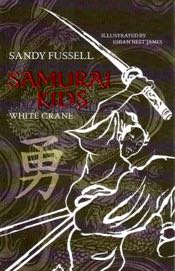 The Samurai Kids: White Crane. Can a one-legged boy train to become a great samurai warrior?
The Samurai Kids: White Crane. Can a one-legged boy train to become a great samurai warrior?
Niya Moto is the only one-legged Samurai kid in Japan, famous for falling flat on his face in the dirt. None of the samurai schools will teach crippled Niya, until an offer arrives from the legendary samurai warrior Ki-Yaga, sensei of the Cockroach Ryu.
Together with the other Cockroaches, Niya must defeat the fierce Dragon Ryu at the Samurai Trainee Games.
- An historically accurate depiction of feudal Japan; the focus on martial arts will appeal to active kids!
- An exciting new series for boys and girls that celebrates differences
Available at Booktopia.
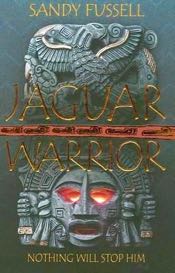 Jaguar Warrior: Imprisoned in a box, Atl waits for death. He is not afraid. Anger burns too deeply within him.
Jaguar Warrior: Imprisoned in a box, Atl waits for death. He is not afraid. Anger burns too deeply within him.
Then, unexpectedly, Atl is released to deliver an urgent message. But it is not the mission that sets him running. It is the sudden chance for freedom. Nothing can stop this Jaguar Warrior. Not even the one who hunts him.
- a page turning adventure inspired by the author’s fascination with history and ancient cultures
- A brilliantly researched action-packed adventure story with more than a touch of humor
Available at Booktopia.
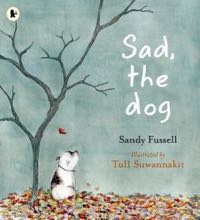 Sad, the Dog: What does a little dog need to feel loved and cared for?
Sad, the Dog: What does a little dog need to feel loved and cared for?
A clever little dog christens himself “Sad” when his humans fail to give him a name. Although they feed him and wash him, they don’t appreciate his many gifts, like his love of singing (“stop that yapping!”). When the people move away and leave Sad behind, Sad is heartbroken.
But then a new family with a young boy arrives at Sad’s house in a big truck. Although Sad is initially frightened, it soon becomes clear that the boy is just the right person to make a dog’s life complete with playtime, treats, and a brand-new name: Lucky. Welcoming illustrations illuminate this joyful tale, which reminds young readers to appreciate themselves and the ones—human or otherwise—who depend on them.
- Explores what it takes to care for a pet. Pets require more than their basic needs met – they need love and attention
- Provides opportunity to discuss the phenomenon of giving animals/pets for presents, and the plight of the unwanted pet
- A poignant depiction of Sad by talented illustrator, Tull Suwannakit—creator of What Happens Next?—sure to tug at readers’ heartstrings
Available at Booktopia.
